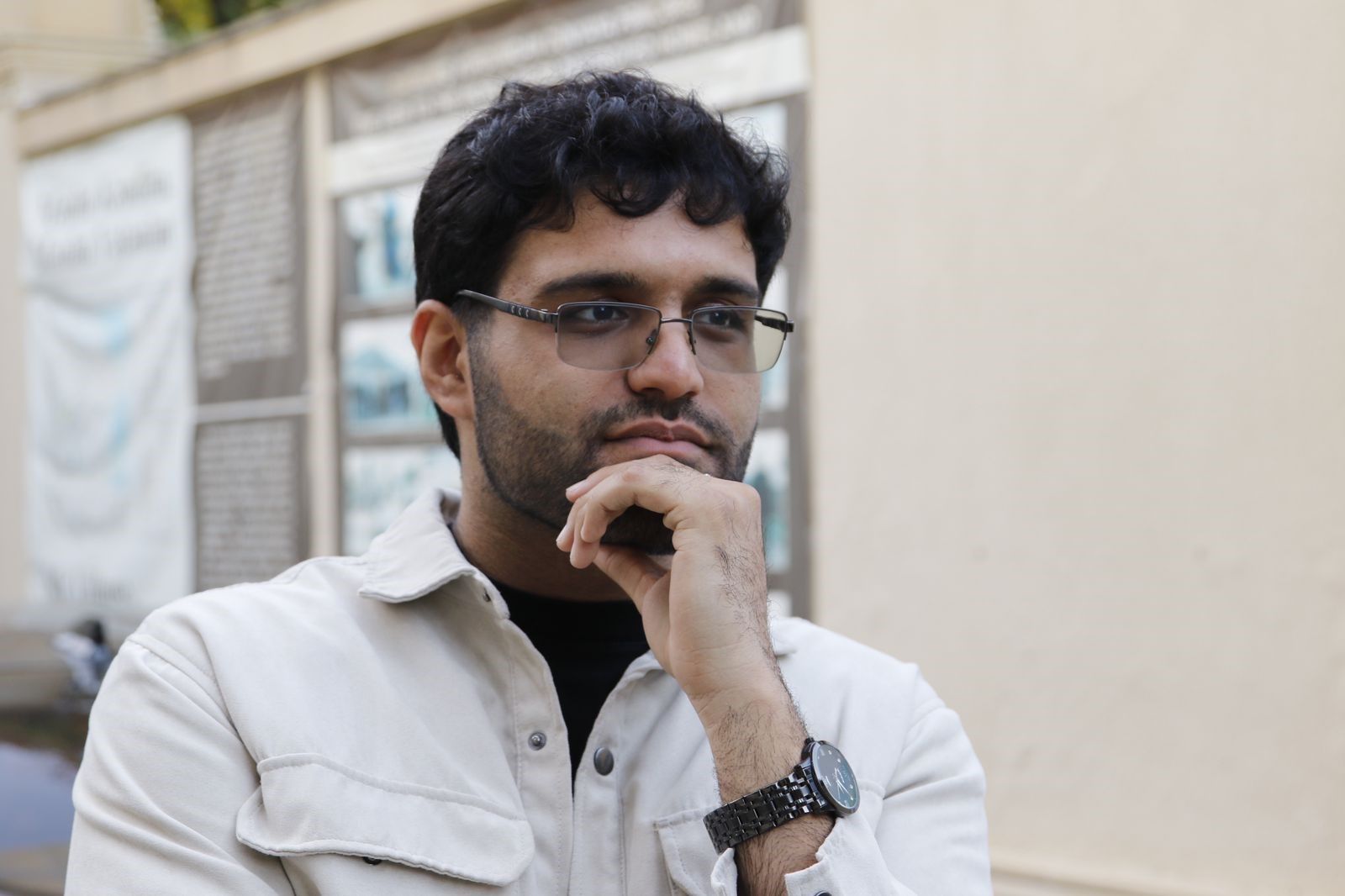Blockade or bridge? Iran’s Zangazur dilemma in changing Eurasia [OPINION]
![Blockade or bridge? Iran’s Zangazur dilemma in changing Eurasia [OPINION]](https://www.azernews.az/media/2025/06/11/image_2025-06-11_074459019_upscaled.png)
Tehran’s outspoken resistance to the Zangazur Corridor, a planned transport link connecting mainland Azerbaijan with its Nakhchivan exclave via Armenia, has once again made headlines. Ali Akbar Velayati, senior adviser to Iran’s Supreme Leader, recently claimed that Iran “thwarted” the corridor’s implementation, portraying the move as a major diplomatic victory over regional encirclement and Western interference.
But what lies behind Iran’s growing anxiety over this project? At first glance, Iran’s opposition appears to be grounded in classic geopolitical concerns: the fear of isolation, NATO expansion, and a shift in regional power balances. However, a closer look reveals a more complex picture, one in which economic insecurity, transit dependency, and strategic rivalry with Türkiye all converge. Iran’s core claim is that the Zangazur Corridor threatens to block its direct land connection to Armenia and, by extension, its potential access to European markets. Iranian authorities see this project, backed by Azerbaijan and Türkiye, as a geoeconomic bypass that would reduce Iran’s role in regional transit and trade. According to Velayati, even U.S. President Joe Biden acknowledged that the corridor was nearly ready, and only Iran’s opposition derailed the plan. While such a claim remains unverifiable, it reflects Tehran’s belief in its own strategic weight.
Iran argues that the corridor could serve Western interests by undermining Russia’s presence in the South Caucasus and enabling NATO influence to seep in through Türkiye and Azerbaijan. It also views the project as a component of the broader “Turkic World” vision, led by Ankara, which Tehran sees as a challenge to its historical influence across Central Asia and the Caucasus.
Beneath these geopolitical narratives lies a less talked-about, yet more pressing concern for Iran: economic survival. Amid ongoing sanctions and isolation from global markets, Iran’s role as a regional transit hub has become a crucial economic lifeline. Between March 2023 and January 2024 alone, 14.2 million tons of goods transited through Iran, generating around $1 billion in revenue. Moreover, Aras-Meghri Free Trade Zone, a joint economic establishment between Armenia and Iran, is potentially one of the few reasons why Tehran is more concerned about. Losing out on key routes that could instead pass through the Zangazur Corridor is an unacceptable risk for Tehran.
Moreover, the corridor would create a faster, more efficient route for Türkiye’s growing trade with Central Asia. Türkiye’s trade turnover with Kazakhstan and Uzbekistan reached record highs by the end of 2023—$6.4 billion and $3 billion, respectively—with more growth expected. Without the Zangazur link, Iran stands to benefit as a detour route, gaining additional revenue. But with the corridor in place, transit through Iran may be significantly reduced.
While the U.S. and EU publicly support the creation of the Zangazur Corridor, they reject any Russian military role in securing it. This has complicated the issue further, with Brussels and Washington worried that Moscow might use the corridor to entrench itself militarily in Armenia. Baku and Ankara, on the other hand, demand a special regime for the corridor, free of Armenian checkpoints or inspections—something Yerevan firmly opposes.
Russia’s role remains ambiguous. While the 2020 trilateral statement between Russia, Azerbaijan, and Armenia includes a clause supporting the corridor’s implementation under Russian border control, Moscow’s preoccupation with Ukraine has weakened its influence in the South Caucasus. Iran sees this vacuum as an opportunity to assert its role, but at the cost of blocking a transformative regional project.
Despite Iran’s rigid opposition, voices in Azerbaijan, including Foreign Ministry spokesperson Aykhan Hajizada, emphasise that the corridor poses no threat to Iran or its border with Armenia. Instead, Hajizada highlighted ongoing efforts to build alternate communication lines through Iran, suggesting that Baku still sees Tehran as a strategic partner, not an adversary.
From this angle, the Zangazur Corridor is not just about transport, but it’s about regional integration. It offers a chance to connect East and West through a stable, multimodal route spanning China, Central Asia, the Caucasus, Türkiye, and Europe. For Iran, which seeks to escape economic isolation, joining such an initiative, rather than resisting it, could open new doors for trade, diplomacy, and influence.
Tehran’s current strategy is rooted in defensive logic. But in a region undergoing rapid transformation, clinging to geopolitical fears may cost Iran a historic opportunity. By embracing the Zangazur Corridor as part of a broader Eurasian transport vision, Iran could reposition itself not as a blockade, but as a bridge.
In the long run, diplomacy and cooperation, not obstruction, will determine who shapes the future of the South Caucasus. The Zangazur Corridor, if handled with strategic foresight, can still become a win-win project for all regional actors, including Iran.
Here we are to serve you with news right now. It does not cost much, but worth your attention.
Choose to support open, independent, quality journalism and subscribe on a monthly basis.
By subscribing to our online newspaper, you can have full digital access to all news, analysis, and much more.
You can also follow AzerNEWS on Twitter @AzerNewsAz or Facebook @AzerNewsNewspaper
Thank you!

